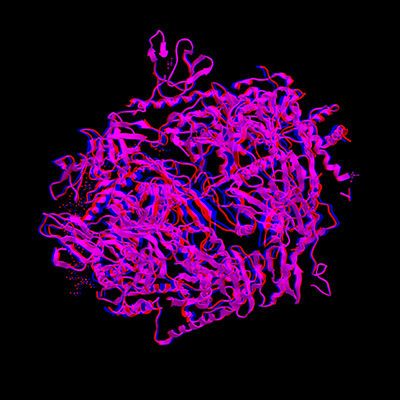March 7, 2023 -- A self-powered, light-controlled drug delivery platform could enable the controlled release of medicines and eliminate the need to surgically extract the implant after use, according to research published in the Proceedings of the National Academy of Sciences (PNAS).
Implants are already used to deliver drugs for the treatment of conditions including chronic pain, cancer, and muscle spasticity. However, the technologies have limitations. Passive systems gradually release the drug and do not require surgical extraction once they are empty, but the user cannot control them. The drug is released at a set rate that cannot be stopped, increased, or decreased.
Active systems give users control over the rate of drug release, but they also require a power supply, include electronic parts, and must be surgically removed once they are empty. The limitations of passive and active implants means that there is an opening for devices that combine the best parts of both approaches.
Researchers at Shirley Ryan AbilityLab and Northwestern University have described their work to create such a device in PNAS. The release of drugs from the device is triggered by exposure to external light sources of different wavelengths, rather than electronic signals, and the implant is designed to be absorbed by the body to eliminate the need for surgical extraction.
The researchers tested the technology in rats. Implants containing drug reservoirs filled with lidocaine, a common nerve-pain-blocking drug, were surgically implanted into the right sciatic nerves of the rodents. The researchers placed three LEDs over the implantation site to trigger the release of the drug. Releasing the lidocaine resulted in pain relief.
"We found this approach to be an effective, safe, and nonaddictive alternative to systemically delivered pain medications," Northwestern University's John Rogers, PhD, said in a statement. "Additionally, it can be scaled."
Changing the LED color-light sequencing resulted in different patterns of drug release and pain relief. The study assessed the use of three LEDs, but the researchers think they can potentially incorporate up to 30 different wavelengths into the design. Working with more LED wavelengths would expand the options for programming pain relief.
The next step is to review the safety of the technology. Generating evidence of the preclinical safety of the light-controlled drug delivery platform could position the researchers to seek authorization from the U.S. Food and Drug Administration (FDA) to study the implant in humans. Clinical applications of the technology include rehabilitation medicine and the precise delivery of cancer treatments.
Copyright © 2023 scienceboard.net











